Planting from now on is becoming a much better idea. The chances of frost have diminished, but there will be still possibilities of “Spring Snow”, if you get my drift.
If you’ve had a look at the plants in your local botanic Garden, you’ll find what will grow well at your place. In many frost-free areas I’m thinking of Ngutu Kaka (Kaka Beak). This is a native plant that will look red and just amazing. It’s one of those plants I have always wanted to grow, simply because it looks stunning with those flowers, and it attracts the nectivorous birds.
As an old Trustee of “Project Crimson” (do you remember that organisation?) I am certainly a proponent of the Genus Metrosideros, which is the group of trees, shrubs and plants related to pohutukawa. Metrosideros carminea is one of those native gems that will wake you up in spring. Just look at that colour!
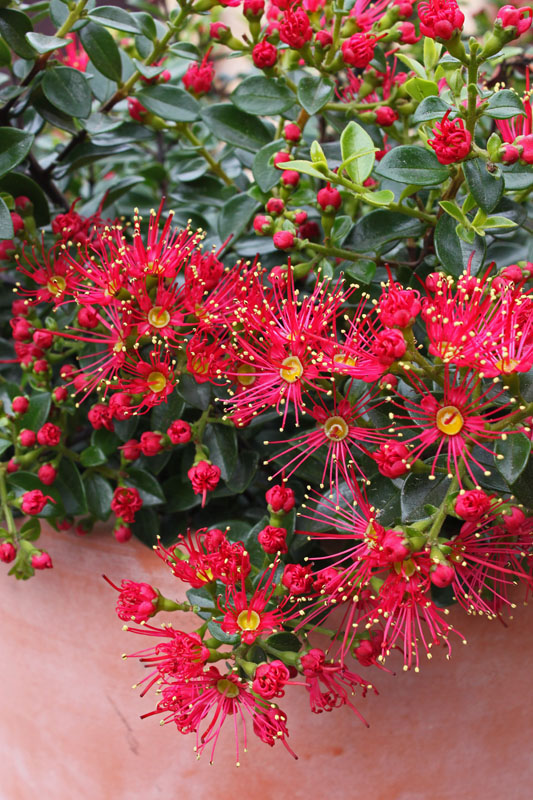
Just inhale the smell, and look at the insects associated with this native gem.
And then there are the not-so-native Vireya. They are Rhododendrons of tropical origin. They smell and love warm climates. My favourite one is Vireya tuba.
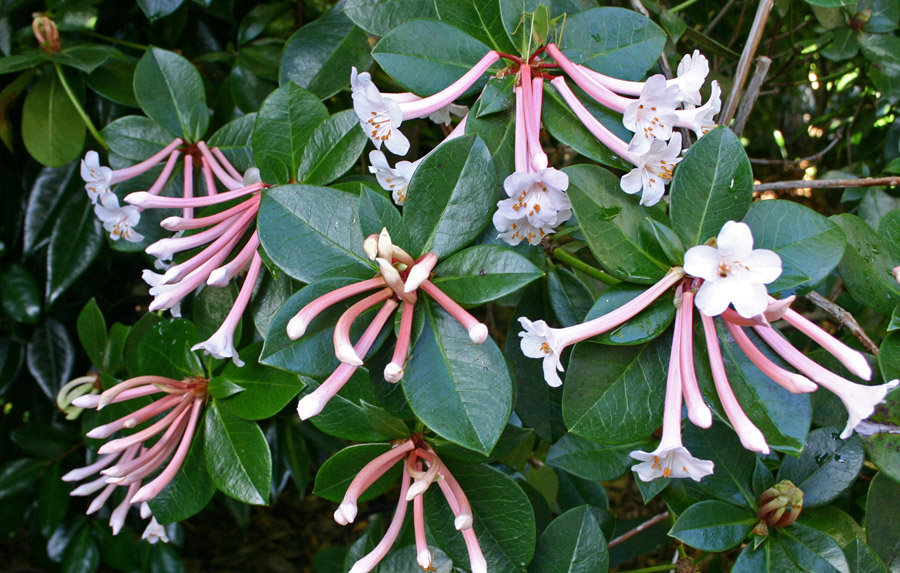
Originally from the mountains of Papua New Guinea, it grows up to 2 meters high and needs protection from frosts (grew well for us in Auckland and will do fine on the frost-free port hills). And its smell is just divine!
Winter flowerings. Bright and beautiful, but a native beetle has woken up too:
Lemon Tree Borer (Oemona hirta) will be on the wing soon. Laying eggs on damaged citrus branches or on pruned wood of citrus and many other native shrubs and trees.
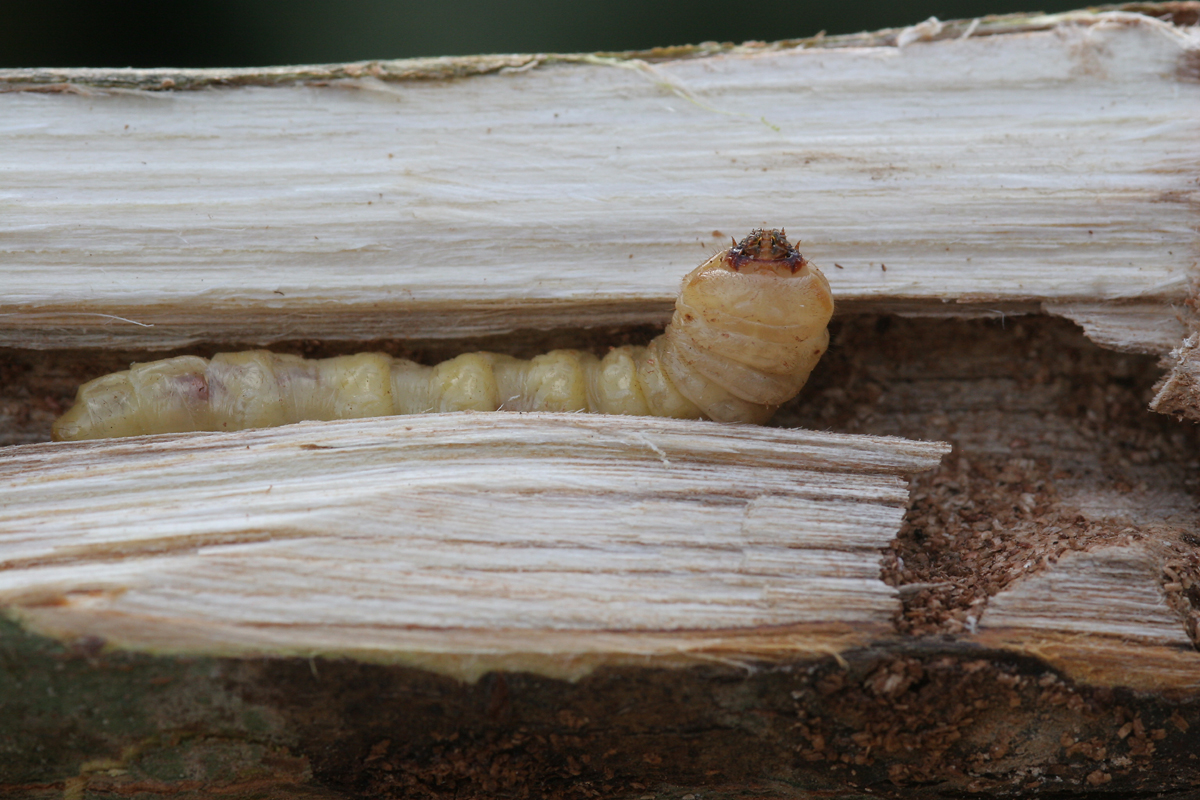
The beetle grubs will create tunnels and cause a heap of damage! No more pruning and keep an eye on those grubs that will create havoc on citrus and other host plants.
And then there is our codling moth (which arrived all the way from Europe, many, many years ago). Moths lay eggs after flowering of the apple trees (and crab apples, and walnuts!) Out of those eggs hatch very hungry codling moth caterpillars that will tunnel into the developing apple fruits, spoiling them.
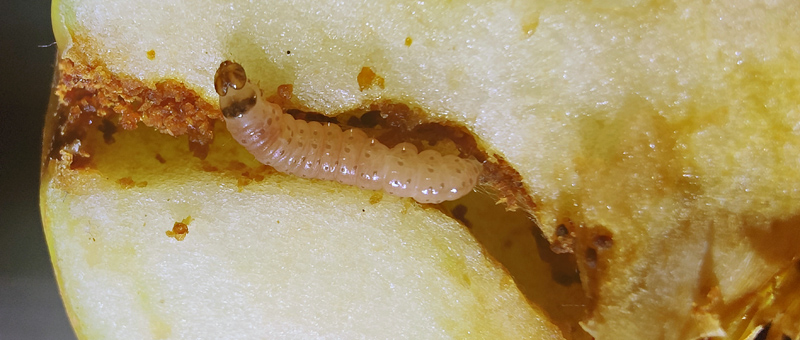
Control and prevention:
There is a cool spray called Madex3, used by commercial apple growers that value organic treatments. This Madex3 is a virus that should be sprayed a week or so after apple flowering (in the next week or two!). The virus will only kill Codling moth – very targeted! And may need a second spray a month or so later.
It’s available from some of the more switched-on suppliers in NZ:
Farmlands, Horticentre Hawkes Bay and Richmond, GoodtoGrownz.co.nz, just look for Madex3.
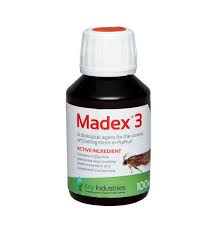
It’s not a cheap pest control material, but it will last for years in your freezer. And if you cleverly share a 100 ml bottle with your neighbour or friend it is the best and safest method of keeping the caterpillars out of your pip fruit.
LISTEN ABOVE
Take your Radio, Podcasts and Music with you










